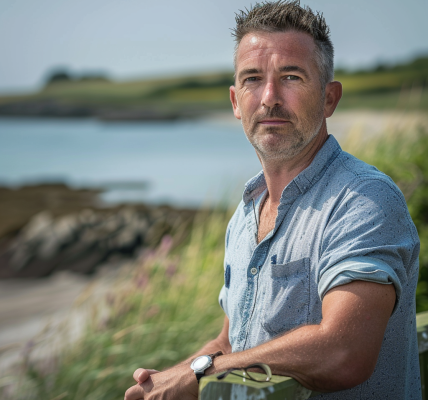Stanford Medicine Study Reveals AI Can Distinguish Between Male and Female Brains with 90% Accuracy
A new study by researchers at Stanford Medicine has revealed the development of an artificial intelligence (AI) deep learning model that can distinguish between the brains of women and men from image scans of brain activity with over 90% accuracy. The study, published in the Proceedings of the National Academy of Sciences of the United States of America (PNAS), sheds light on the impact of gender on brain development, aging, neurodegenerative disorders, and neuropsychiatric diseases.
The senior author and Professor Vinod Menon, along with lead authors Srikanth Ryali, Yuan Zhang, Kaustubh Supekar, and Carlo de los Angeles, emphasized the crucial role of sex as a biological determinant in human brain organization. They highlighted the significant implications of the findings for developing personalized sex-specific biomarkers in psychiatric and neurological disorders, as well as the innovative AI-based computational tools for future research.
According to the National Institute of Mental Health, the prevalence of major depressive disorder is higher in adolescent female Americans, with around 1 in 3 women globally developing the disorder, compared to 1 in 5 men. Similarly, men are at greater risk of developing Parkinson’s disease, while more American women than men have Alzheimer’s. In the U.S., boys are almost four times more likely to be diagnosed with autism spectrum disorder than girls and are 13% more likely to be diagnosed with attention-deficit hyperactivity disorder (ADHD). Overall, there’s a greater prevalence of diagnosed intellectual disability in boys compared to girls in the U.S.
In the quest for greater insights on the differences between adult female and male brains, scientists at Stanford Medicine created an AI algorithm called a spatiotemporal deep neural network (stDNN). The AI model, which consists of convolutional neural network models (CNNs), considers space-time to distinguish males from females using brain images. The study’s findings open up new possibilities for developing personalized treatments and interventions tailored to the specific brain characteristics of individuals based on gender.





